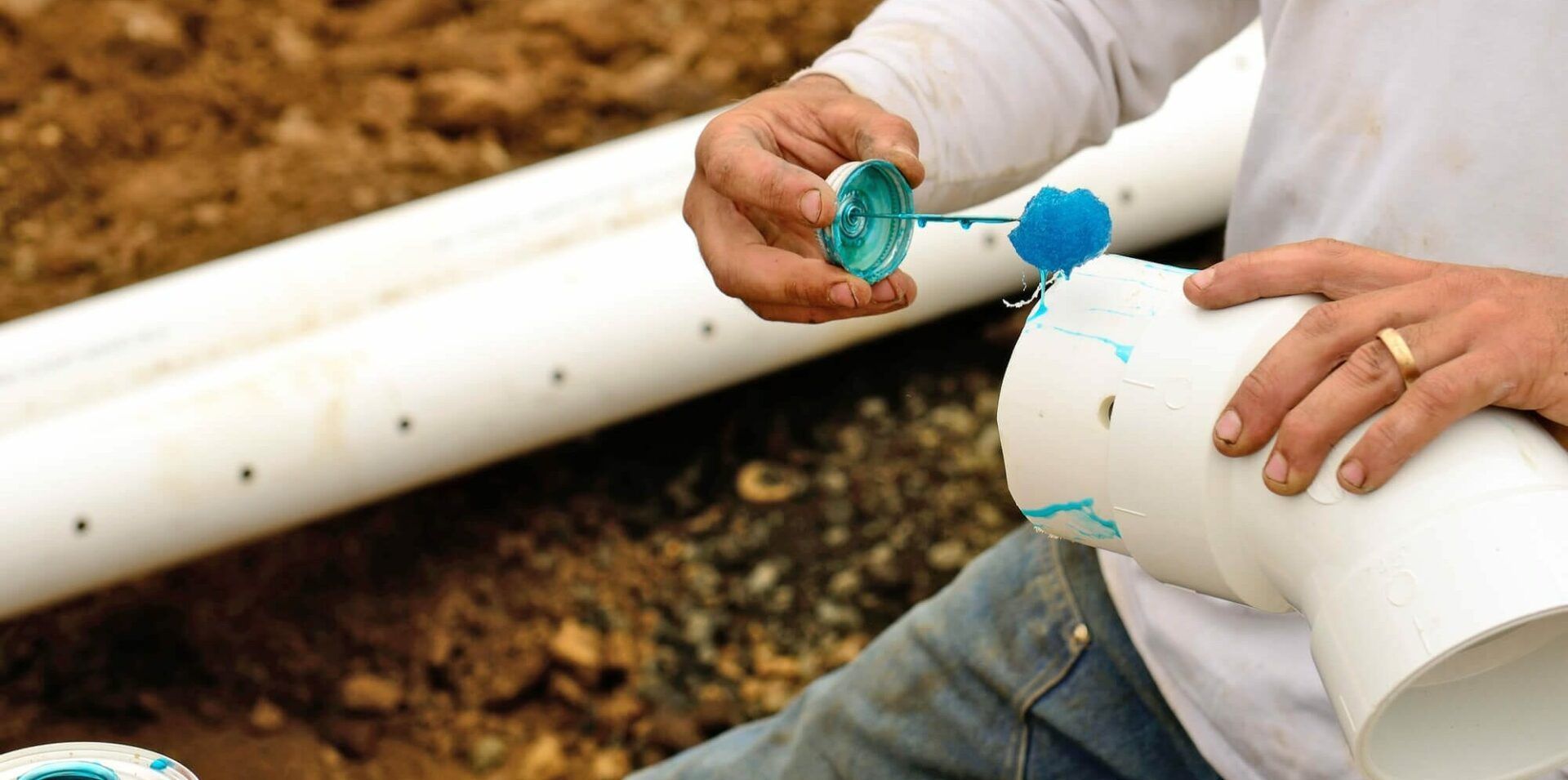Drainage Tips for Retaining Walls
Retaining walls are the perfect blend of function and aesthetic. They help protect your property, home, and surrounding landscape from natural elements by adding a unique design element to your yard. When designing and constructing a retaining wall, there are several things to consider, from what materials will be used to what function the structure will serve. Proper drainage is needed for any retaining wall to function correctly and stay standing for years to come.
The Benefits and Purpose of Retaining Walls
Often made of stone or wood, retaining walls are protective structures that level uneven ground while creating a barrier between different spots on your property. These structures can also help stabilize sloped areas of your yard while controlling soil erosion or water run-off. While some retaining walls are created to help stop things like erosion or water run-off from damaging your home or yard, others are purely aesthetic. Retaining walls can be designed as privacy barriers, elevated planting beds, additional seating, or enclosed living spaces. Your reasoning for building a retaining wall will be specific to your property’s needs, but there are several benefits to installing one of these structures in your yard.
Designing Your Retaining Wall: Initial Stages
When designing your retaining wall, there are many factors you need to consider. The questions below are a few you should ask reputable landscaping companies, so you choose the best team for the design and construction of your project.
Material Overview
As the benefits of a retaining wall are endless, so are the material options used for design. The material you select can impact what type of retaining wall you build and vice versa. Whether you pick wood, concrete blocks, dry stone walls, or another building material, you want to try to keep the same type of material for all landscape features to support design continuity. The design of your retaining wall is solely based on what purpose you want the structure to serve. Common types of retaining walls
include:

Proper Drainage Is Key
Regardless of the type of material you use or style of retaining wall built, proper drainage will help your wall stay standing. Without proper drainage, pressure can build up behind the wall and cause cracking or bulging. There are many methods you can use to ensure adequate drainage is achieved from project start.
Other Tips for a Successful Retaining Wall
A strong and sturdy retaining wall relies on several factors coming together, including proper drainage. The 3:1 rule is a popular method when it comes to the slope of your wall. The change in height for every three feet of wall distance should not go over one foot. Exceeding this can cause your wall to sag or fall over. For example, a residential retaining wall generally does not exceed 4 feet. Anything higher can be overwhelming for your space, and may require additional supports like anchors or cantilevers. Your contractor may suggest a waterproof membrane based on your climate and soil to prevent excess moisture that may remain after run-off is gone.
Start Designing Today
Adding a retaining wall to your yard is one easy way to enhance your space while warding off the negative effects of nature’s elements. It’s best to take your time so you select the best type of design, material, and structure for your space. You must consider many factors when designing and building your wall, so don’t hesitate to ask experts for advice and assistance. Contact us for an estimate.










